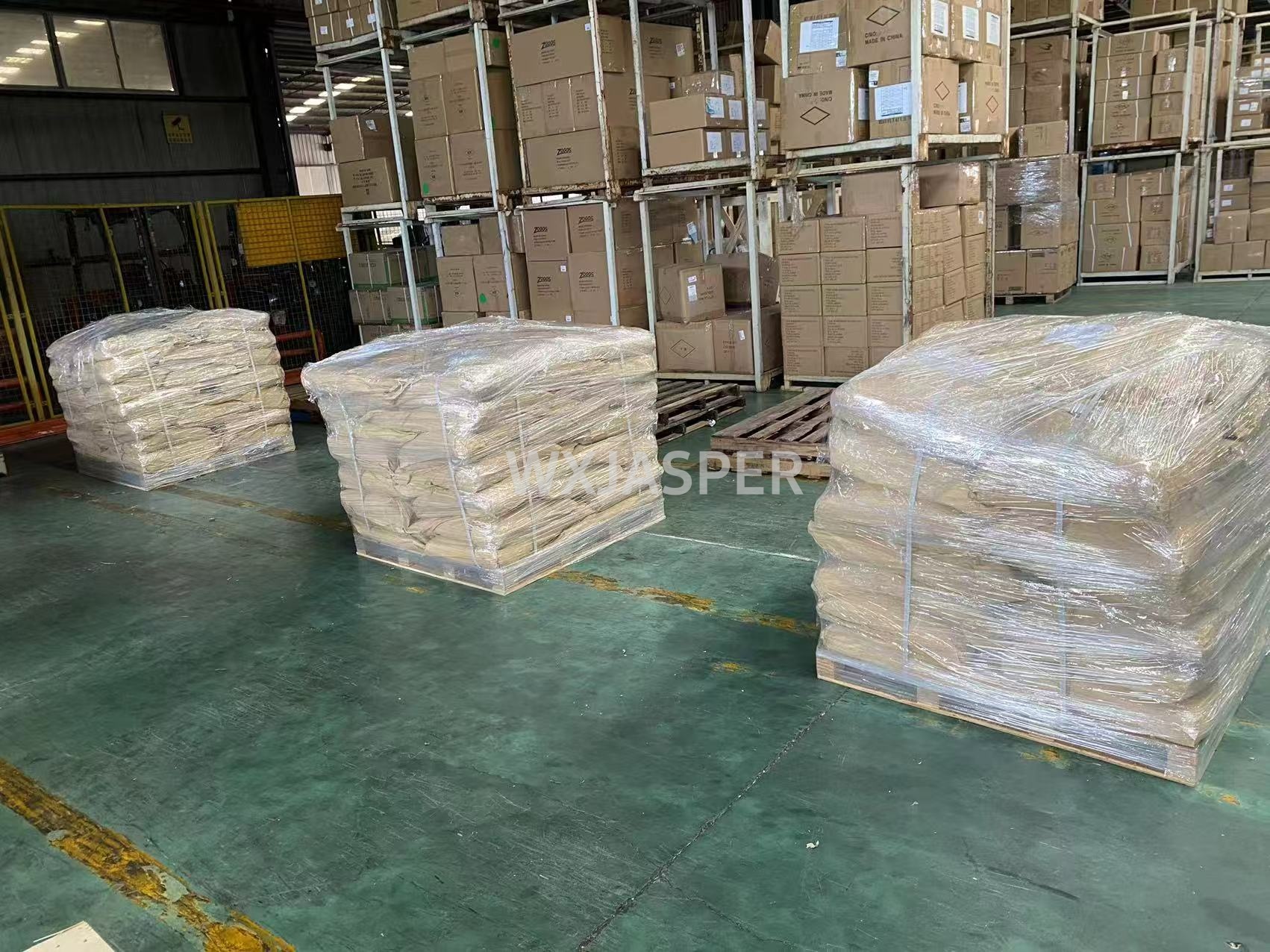Your Location:Home > Products > Solvents > Guar hydroxypropyltrimonium chloride



CasNo: 65497-29-2
MF: C6H16NO2.xCl.x
Appearance: powder
Delivery Time: 15 days
Packing: 25kg/bag
Purity: 90%
|
Indicator |
Typical Values (Cosmetic Grade, 1% Aqueous Solution) |
Description |
|
Appearance |
White to off-white powder; odorless |
Finer powder dissolves faster; high-quality products have no visible impurities and uniform color. |
|
Solubility |
Easily soluble in cold and warm water; insoluble in non-polar solvents (e.g., ethanol, acetone, mineral oil) |
Stirring is required during dissolution to avoid caking; aqueous solutions are transparent or slightly turbid with no precipitation. |
|
Viscosity (25°C, 1% Aqueous Solution) |
500–5,000 mPa·s (adjustable via molecular weight) |
Higher cationic DS slightly reduces viscosity at the same concentration; adding salts (e.g., NaCl) lowers viscosity. |
|
pH Value (1% Aqueous Solution, 25°C) |
6.0–8.0 (near-neutral) |
Highly compatible with the pH range of skin/hair (4.5–6.5), no additional pH adjustment needed. |
|
Cationic Charge Density |
1.0–4.0 meq/g (corresponding to DS 0.1–0.4) |
Higher charge density enhances adsorption on hair/skin surfaces and improves conditioning effects. |
|
Stability |
Stable at room temperature; avoid long-term exposure to strong acids (pH < 3), strong alkalis (pH > 10), or high temperatures (> 80°C); no precipitation when compounded with anionic surfactants (e.g., SLES). |
Solid powder has strong stability; aqueous solutions are recommended for immediate use to prevent microbial growth (phenoxyethanol can be added as a preservative). |
|
Compatibility |
Fully compatible with cationic, non-ionic, and amphoteric surfactants; when compounded with anionic surfactants (e.g., SLES, AES), the ratio must be controlled (GHPC ≤ 5% of total formulation) to avoid excessive association and abnormal viscosity. |
Suitable for most cosmetic formulations, no complex compatibility testing required. |
|
Product Type |
Recommended Dosage |
Core Function |
|
Repair Shampoos |
0.2%–0.8% |
Thickens the formulation and improves foam texture; adsorbs onto hair surfaces to reduce cuticle damage during washing and prevent tangling post-wash. |
|
Conditioners/Hair Masks |
0.5%–2.0% |
Acts as a primary conditioner to fill cuticle gaps, enhance smoothness and shine; forms a protective film to reduce color/heat damage. |
|
Leave-In Hair Sprays/Oils |
0.1%–0.3% |
Delivers anti-static and moisturizing effects at low concentrations, preventing dryness and frizz without adding heaviness. |
|
Curly Hair Styling Products |
0.3%–0.6% |
Aids in styling while maintaining curl softness, preventing dryness caused by styling products. |